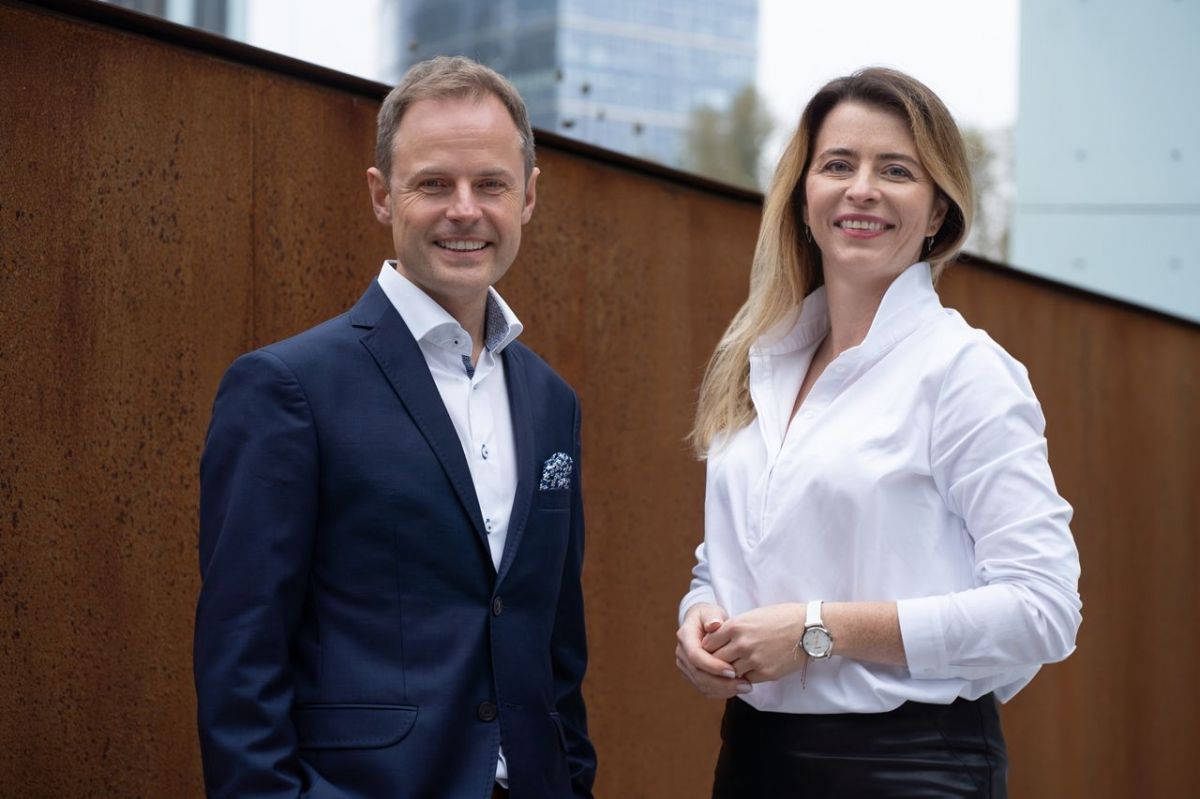Discounts for clients who have fallen into financial difficulties and online home viewings are just two of the marketing ploys that PRS operators have introduced in response to the challenges posed by the pandemic. However, the market has not seen any kind of slump, and those involved in it are now planning further investment. “The PRS sector has proven to be very resilient. When we compare rental apartments with other sectors, such as shopping centres, hotels and even offices, it becomes clear that the current circumstances have not caused the same kind of disruption to the PRS market,” claims Łukasz Mazurczak, the managing director of property managers MVGM.
The greatest difficulties faced so far by operators occurred in March and April, during the lockdown period. “People were simply afraid and so they put off making decisions about renting. As a result we went into the high season with more vacancies than usual,” explains Sławek Muturi, the founder of the































































